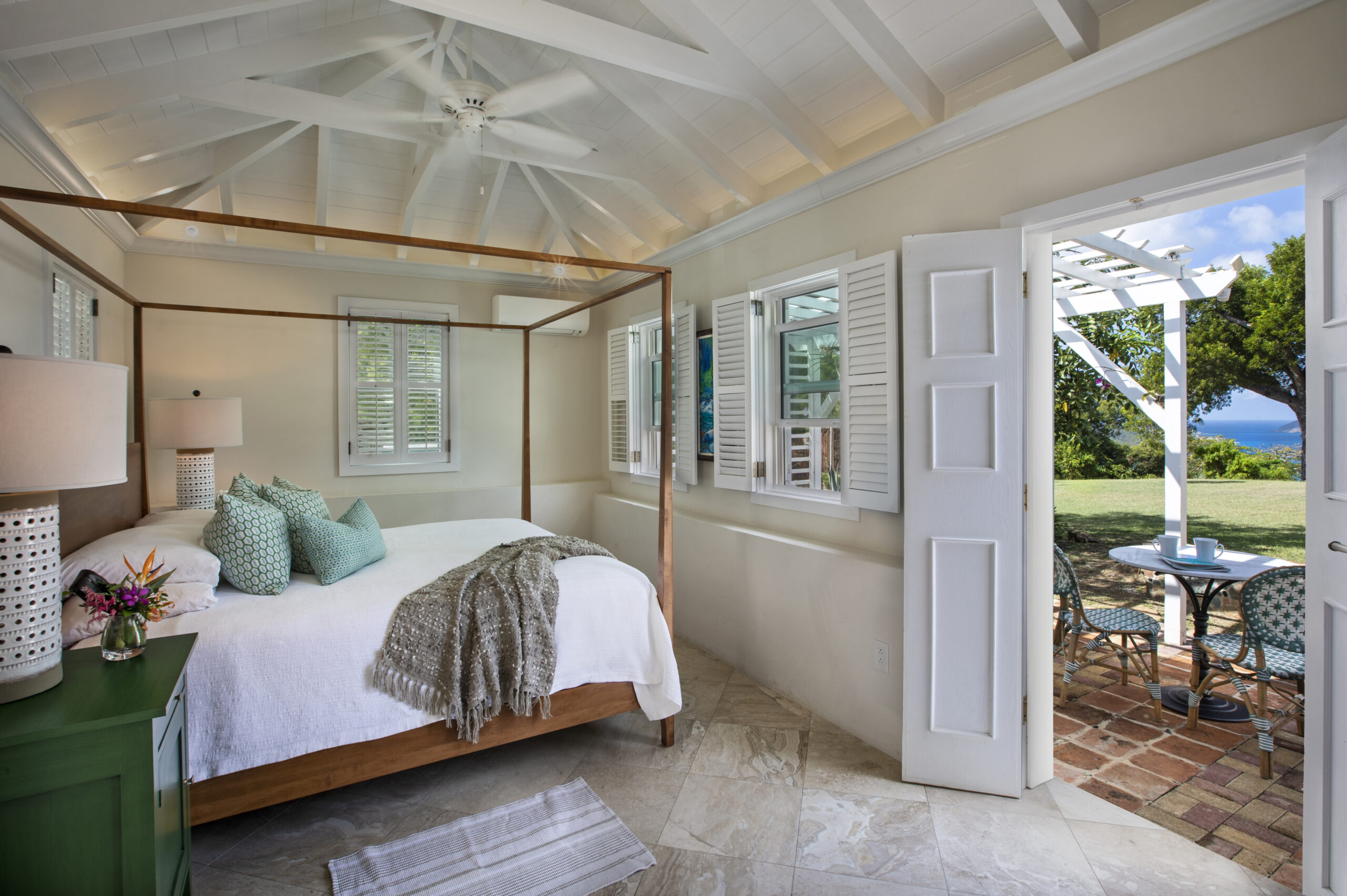For as long as there’s been great design, there’s design that just didn’t age well. I’m sure we all remember popcorn ceilings, shag rugs, glass block—the list goes on. We have put together some of the most famous design faux pas to make sure you avoid these traps yourself.
Pretending to Understand a Design Scheme
Fact: Most people can’t read blueprints. Instead of eyeballing it, lay out a room, building or garden for real. Painters tape will become your new best friend and give you a better sense of how much space a piece will need. Taping out a space works better than any sketch or design app for understanding how things will fit. You could even ask your designer to create a 3D model so you can get a feel for the space virtually.

Not Asking Enough Questions
Ask lots of questions and remember that there is no such thing as a dumb question. At the end of the day this is your investment you are making for you and your loved ones. You owe it to yourself to get to know the who, what, where, and why throughout the entire process.
Making Changes Along the Way
Changes that seem simple to you may require a lot of work on the back end. Be sure to check with your designer or builder on even the slightest adjustments. A light switch for example, can be moved, but that change can sometimes cost thousands if you aren’t careful.
Neglecting Interiors to the End
Too many times, we’ve seen interiors become an afterthought. Newbies often think they can do finish work themselves or throw their old couch into a new room. If you want to love your space—and increase its value—make sure you leave room in the budget for working on interior design and décor. Planning out the location and size of furnishings before the project even breaks ground is so important to having the feel you want.
As in any room in the house, you need to make sure that any freestanding furniture you order fits your space properly. You will want to leave enough space for people to walk comfortably around the room. Items like bar stools or any other seating piece must be the right height for your counter or table top.
Not Knowing Measurements
Once you know what size couches, tables, and sconces you need, write them down and carry that list with you always. You never know when the perfect item will cross your path. I know it’s hard, but try your best not to fall in love with an item that does not fit your space. Stay focused and selective in your décor choices to ensure you stay on budget, and on measurement.
Neglecting the Plan
It’s important to have a thorough, written plan before you start work. If you come in contact with a contractor that says they do not provide a written schedule or plan – RUN for it. The plan should always be included and outline the precise details, down to every single product with the model number and choice of finish. Once you have the plan: Stick to it! The four most expensive words during a renovating process are… while you’re at it. These wildcard to do’s can increase your budget and push back your timeline.
That being said, know that things will inevitably come up, and adjustments will have to be made along the way. Get them documented and try not to stress. Planning the best you can before hand will alleviate any unforeseen obstacles that could arise, but it does still happen. Be kind to yourself and roll with the waves as they come but be sure to document everything.
Don’t be afraid to be upfront about your budget. Everyone has one, large or small. A good professional will respect your limits and be able to help you get the most for your money. They may also tell you that they are not a good fit because they know they will need to charge you more. That is a great conversation to have upfront. Speaking of which: You’ve got to pick a number. Since the general rule of thumb is that it’s going to cost more and take longer than you think, make sure you have a big enough cushion in there that you’re not breaking the bank. (Adding an extra 10 to 20 percent more to the initial estimate is a good start). If you are able to come in under budget, you’ll be able to put your extra investment toward decorating. As a general rule, you’ll want to spend more on things you interact with—like cabinets or doors you’ll open and close dozens of times a day—versus things you use less, like decorative tile.

Poor Communication with Builders
The ‘mistakes’ that builders make often come down to lack of communication. The best way to ensure that everything goes smoothly is to agree on a detailed schedule of work before construction starts. Speak to your builder on a regular basis – every day if possible. This open line of communication will keep you abreast of the project and catch any problems before they arise. Detailed drawings are a big help, so you might want to hire an architect or interior designer to draw these up. Having a fully developed design plan done ahead of time will also help you get a more realistic price quote from builders you interview.
Communication is Key
Make sure you communicate with your workforce, your team—and with your partner, too. The project can sometimes bring any underlying problems that already exist in a relationship to the surface. Don’t ignore these issues. Address any snags early and together to really get a handle of what is going on.
If you have a strong rapport with your contractor or designer, that person can help you and your partner work through any disagreements. Be sure not to have side conversations without your partner present and set the standard as to what are the appropriate means of communication. If you both prefer text, phone calls, or an email once a week you’ll want to know the easiest way to reach each other before the work gets well underway.
Personally, I usually feel that I am 2 parts designer and one-part therapist!
Blowing the Budget
Kitchens are expensive, and costs can rack up very quickly. It’s important to set a realistic budget and stick to it. A good rule of thumb is to spend no more than 20% of the value of your home on a kitchen renovation, with around a third of that going towards the cabinets. It’s also wise to leave a 10% contingency fund to allow for any unexpected fees. Getting a selection of quotes from recommended tradespeople will put you in a strong bargaining position to ensure you get the best price.
I know this is a lot to remember, but that is why we are here for you. The key points to remember are to avoid the trends, plan and then plan some more. Don’t forget to communicate, stick to your budget and consider your interiors and how they will affect the flow of your space. Refresh yourself on items you’ve documented and here is your friendly reminder to go easy on yourself. This investment is for you and your family. Keeping all this in mind will help carry you through the process with grace to your own little slice of heaven. If you ever have any questions or need advice, please do not hesitate to reach out.











